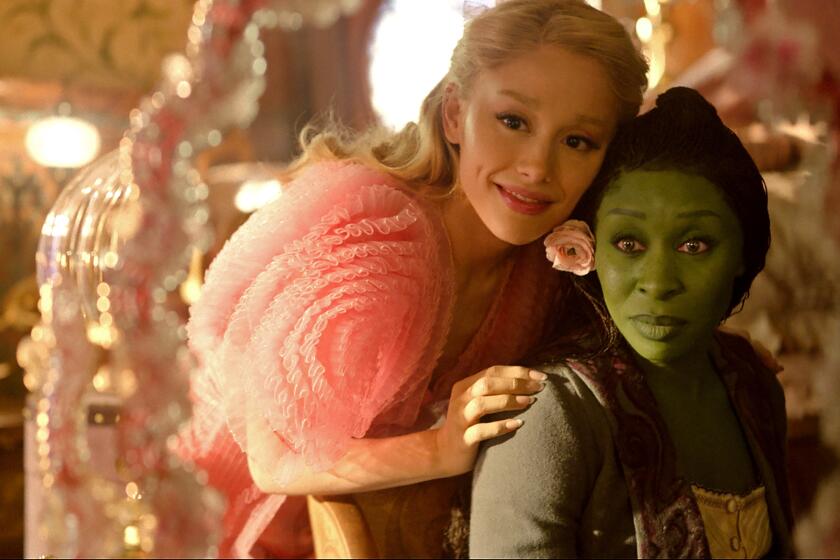Salvation in Song
With the grand flourish of a maestro’s baton, Duke Ellington inscribed this on our collective consciousness: “A man worships with a drum same as he does with a harp. Every man prays in his own language, and there’s no language that God does not understand.”
And thus, as the baton has been passed from one generation to the next, it’s been the tradition for many Africans in America to think, speak, celebrate, mourn, whisper, laugh, proclaim and affirm themselves, their lineage, their purpose here on American soil through rhythm and song.
For the record:
12:00 a.m. Nov. 5, 1998 For the Record
Los Angeles Times Thursday November 5, 1998 Home Edition Southern California Living Part E Page 3 View Desk 1 inches; 34 words Type of Material: Correction
Photo credits--Two photos were incorrectly credited in Wednesday’s Southern California Living. A photo of Louise McCord was courtesy of the Archives Center, Smithsonian Institution. A photo of Bernice Johnson Reagon was by Sharon Farmer.
“Wade in the Water: African American Sacred Music Traditions,” a traveling exhibit now at the California African-American Museum in Los Angeles, is a survey in words, pictures, video and, of course, song of the evolution of African-influenced sacred music on American soil. From the coded field songs of slaves, (“Follow the Drinking Gourd,” “Steal Away”) to the rich traditions of spirituals and gospel that have seeped into popular music forms from blues to jazz to R&B; to hip-hop, African Americans have built on a foundation of spirit music that has been both bond and balm.
The exhibit, curated by Bernice Johnson Reagon of the vocal group Sweet Honey in the Rock, and organized by the National Museum of American History and the Smithsonian Institution, hits high notes, favorite greats like Sister Rosetta Tharpe, Paul Robeson, Marian Anderson, Fisk Jubilee Singers, Sallie Martin, but also has dusted off scratchy rarities (most notably footage of Georgia Sea Islanders performing the sacred Ring Shout and its secularized version the Buzzard Lope--one of the oldest African-based worship forms that combines movement with song).
“This music illuminates our journey as we struggled to survive in America. It tells a story of personal salvation,” writes Reagon in her curator’s note, “the salvation of a people wrapped in song.”
“Wade in the Water: African American Sacred Music Traditions,” at the California African-American Museum, Exposition Park, Oct.29-Dec.27.
More to Read
The biggest entertainment stories
Get our big stories about Hollywood, film, television, music, arts, culture and more right in your inbox as soon as they publish.
You may occasionally receive promotional content from the Los Angeles Times.










